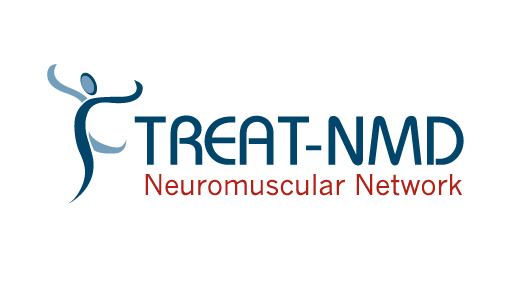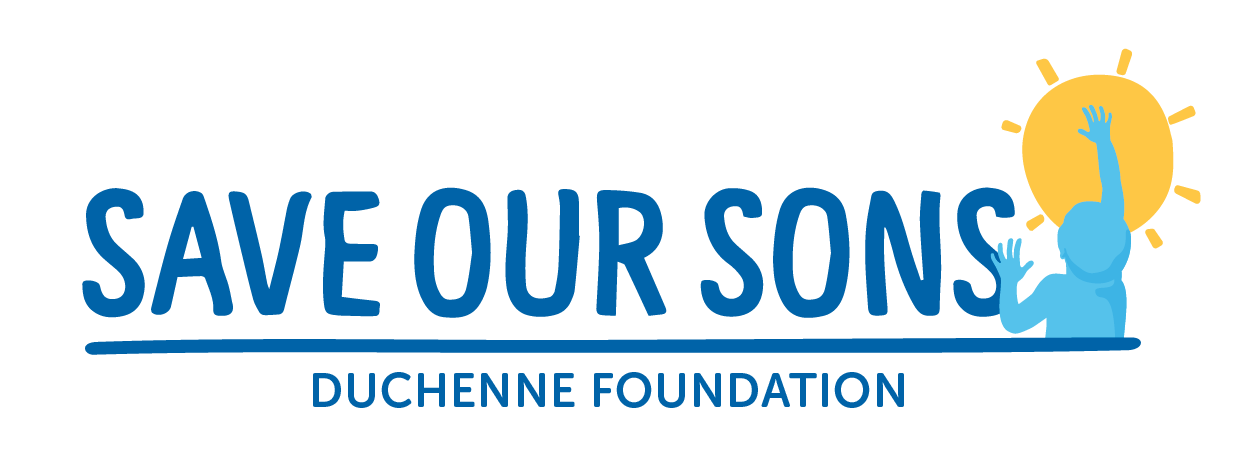Collagen-VI Related Dystrophy
Collagen type VI-related dystrophies (COL-VI) are a group of disorders that affect muscles, skin, joints, and other parts of the body. COL-VI includes Bethlem myopathy, Ullrich congenital muscular dystrophy, and an intermediate form of these diseases. The symptoms and severity of COL-VI can vary greatly from one person to another. The most common symptoms are muscle weakness, curvature of the spine (scoliosis), and contractures (fixed joints that restrict movement).
The genes that are affected in COL-VI include COL6A1, COL6A2, and COL6A3. COL-VI can be inherited in both autosomal dominant and autosomal recessive patterns.
Every gene exists as two copies (alleles), and we inherit these copies from our parents. One copy comes from our mum, and one copy comes from our dad. Genetic diseases can be passed down if one or both copies of a gene are non-functional (mutated).
Bethlem myopathy is generally inherited in an autosomal dominant pattern, meaning that only one mutated copy of the gene is required to have the condition. In many cases, the mutated copy is not passed down from a parent, but instead occurs in the child spontaneously (it is de novo).
Ullrich congenital muscular dystrophy is generally inherited in an autosomal recessive pattern. A person must have both copies of their gene mutated for this condition to occur. If a person has inherited one mutated copy and one healthy copy of the gene, then they are a “carrier” of the disease gene, but will not have the disease itself.






